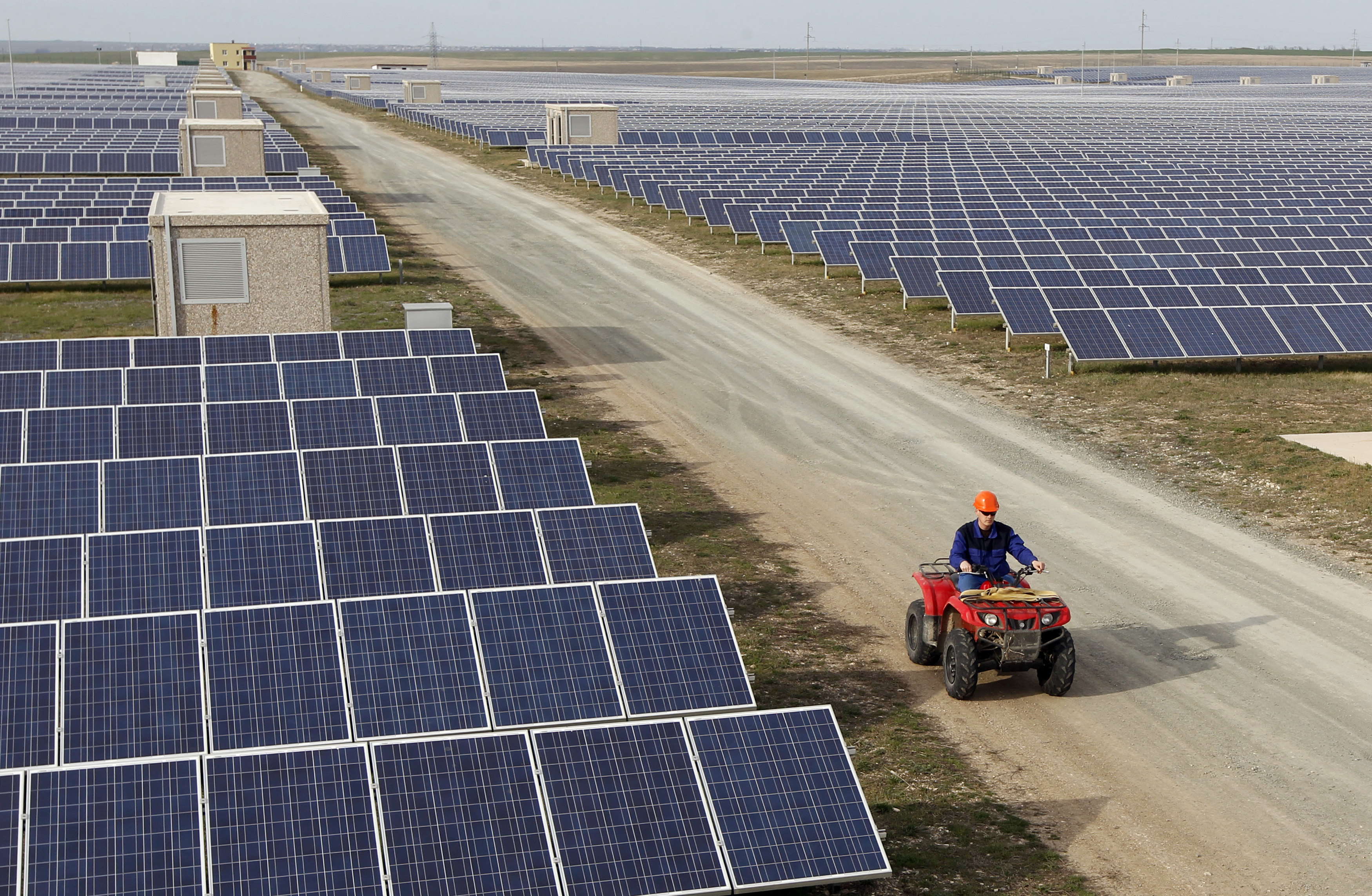Getting energy from the sun isn't just about buying panels. You can also rent it out or connect to a public solar array.
While pre-purchasing solar panels is the most popular way to generate electricity from renewable sources, solar advocates are also promoting alternatives for those who are financially challenged or don't own a home.
Leasing is now a dollar-free option for those reluctant to pay outright for a solar system.
Nicola Brown, program officer for the Illinois Solar Education Association, says the process of renting panels is a lot like renting a car. Once you're eligible for financing, you have monthly payments, and the energy generated by the system offsets your electric bill—customers can save 15 to 25% on their monthly bill by renting, Brown says.
“Just like a car can have different options that affect the price, so can solar panels. We would recommend getting advice from a reputable company and comparing from there," he says. "In most financing scenarios, customers should be paying between $3.50 and $5 per watt."
While financing and leasing usually go hand in hand, one downside to leasing is that you don't get any federal or state tax breaks. Since the Inflation Reduction Act was passed in August, the state tax credit has been 30%.
A second alternative to buying your own panels is to get solar power through a community solar subscription that draws power from shared solar developments elsewhere in Illinois.
This is a great option for those who don't have their own home, don't have the ideal roof to shingle, or don't want to shingle on their own.
Community solar, often called community solar, "allows consumers like you to save money on their utility bills with energy generated by large community solar projects," according to the nonprofit consumer advocacy group. if you install panels on your property, you save on your electricity bill.'
The process works in a subscription format where you subscribe to a "share" of the project's capacity. Your interest rate will change from month to month, usually higher in the summer and lower in the winter.
To participate in Community Solar, you must be an electricity customer near the solar panels. To find opportunities, the Illinois Solar Education Association recommends entering your zip code and comparing options at tinyurl.com/ISEACommunitySolar.
The Illinois Energy Agency has additional community energy resources on its website.
Community Solar is also an additional option for those who already have solar panels, but the system does not cover 100% of their electricity needs. For example, if your solar system provides 80% of your home's energy use, you can sign up to Community Solar to cover the remaining 20% - effectively getting all your electricity from renewable sources.



